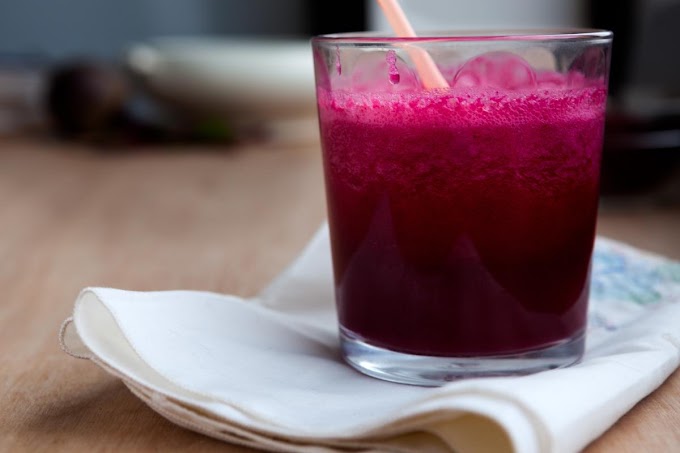Sambar is a staple in South Indian cuisine, known for its aromatic spices, tangy tamarind, and nourishing lentils. It’s a versatile dish that can be paired with a variety of foods, from rice to idli and dosa. The beauty of sambar lies in its simplicity and the rich layers of flavor that come together to create a wholesome and satisfying dish. Whether you’re a seasoned cook or a beginner in the kitchen, this easy sambar recipe will guide you through the process, ensuring a delicious result every time.
Ingredients You’ll Need
The first step in making sambar is gathering all the necessary ingredients. Sambar is made using toor dal (pigeon peas), a variety of vegetables, and a blend of spices. Here’s what you’ll need:
Toor dal (Pigeon peas): 1/2 cup
Vegetables: You can use a mix of vegetables such as carrots, potatoes, drumsticks, brinjal (eggplant), tomatoes, and okra. Use about 2 cups of chopped vegetables in total.
Tamarind: A small lemon-sized ball, soaked in warm water
Turmeric powder: 1/2 teaspoon
Sambar powder: 2 tablespoons (store-bought or homemade)
Mustard seeds: 1 teaspoon
Cumin seeds: 1 teaspoon
Fenugreek seeds: 1/4 teaspoon
Dry red chilies: 2-3
Asafoetida (Hing): A pinch
Curry leaves: A few sprigs
Oil or ghee: 2 tablespoons
Salt: To taste
Fresh coriander leaves: For garnish
Preparing the Ingredients
Cook the Toor Dal:
Rinse the toor dal thoroughly under running water.
In a pressure cooker, add the rinsed dal along with 2 cups of water and a pinch of turmeric.
Cook for 4-5 whistles or until the dal is soft and fully cooked.
Once done, mash the dal well and set it aside.
Prepare the Tamarind Pulp:
Soak the tamarind in 1/2 cup of warm water for about 10 minutes.
Squeeze the tamarind to extract the juice and discard the pulp. Set the tamarind juice aside.
Chop the Vegetables:
While the dal is cooking, chop the vegetables into bite-sized pieces.
If using drumsticks, cut them into 2-inch long pieces.
Keep the vegetables aside.
Cooking the Sambar
Now that your ingredients are ready, let’s move on to cooking the sambar.
Cook the Vegetables:
In a large pot, add the chopped vegetables (except tomatoes) along with 2 cups of water, turmeric, and a little salt.
Cook the vegetables on medium heat until they are tender but not mushy.
Add the tomatoes and cook for another 5 minutes.
Add the Dal:
Once the vegetables are cooked, add the mashed dal to the pot.
Stir well to combine.
Add Tamarind Pulp and Sambar Powder:
Add the tamarind juice to the pot.
Stir in the sambar powder and mix well.
Let the sambar simmer on low heat for about 10-15 minutes, allowing the flavors to meld together.
If the sambar is too thick, you can add some water to reach the desired consistency.
Prepare the Tempering:
In a small pan, heat the oil or ghee over medium heat.
Add the mustard seeds and let them splutter.
Add the cumin seeds, fenugreek seeds, dry red chilies, and asafoetida.
Sauté for a minute until the spices release their aroma.
Add the curry leaves and stir for a few seconds.
Add the Tempering to the Sambar:
Pour the prepared tempering into the simmering sambar.
Stir well and let the sambar cook for another 5 minutes to absorb the flavors of the tempering.
Garnish and Serve:
Once done, turn off the heat.
Garnish the sambar with fresh coriander leaves.
Serve hot with steamed rice, idli, dosa, or vada.
Tips for Making the Perfect Sambar
Use Fresh Ingredients:
Fresh vegetables and spices make a significant difference in the taste of your sambar.
Always use fresh coriander leaves for garnishing, as they add a burst of flavor.
Balance the Flavors:
Sambar is all about balancing the tanginess from tamarind, the spiciness from sambar powder, and the earthiness from the lentils.
Adjust the quantity of tamarind and sambar powder according to your taste preference.
Consistency Matters:
The consistency of sambar can vary depending on what you are serving it with.
For rice, a slightly thicker consistency works well, while for idli and dosa, a thinner sambar is preferable.
Homemade Sambar Powder:
If you have time, making sambar powder at home can enhance the flavor of your sambar.
It’s a simple blend of roasted spices like coriander seeds, red chilies, chana dal, urad dal, fenugreek seeds, and black pepper, ground into a fine powder.
Vegetable Variety:
The choice of vegetables can be flexible based on what’s available.
Drumsticks, brinjal, carrots, and radish are traditional choices, but feel free to experiment with other vegetables like pumpkin, zucchini, or spinach.
The Joy of Sambar
Sambar is more than just a dish; it’s a comfort food that brings people together. It’s a reflection of the rich culinary heritage of South India and a staple in households across the region. Whether you’re enjoying it with a simple bowl of rice or pairing it with your favorite breakfast items, sambar is sure to satisfy your taste buds and warm your soul.
The simplicity of this sambar recipe makes it accessible to everyone, regardless of your cooking experience. The ingredients are easy to find, and the process is straightforward, ensuring that you can create a delicious, authentic sambar at home. So, the next time you’re in the mood for a wholesome and flavorful meal, give this sambar recipe a try. It’s sure to become a favorite in your kitchen.








Social Plugin